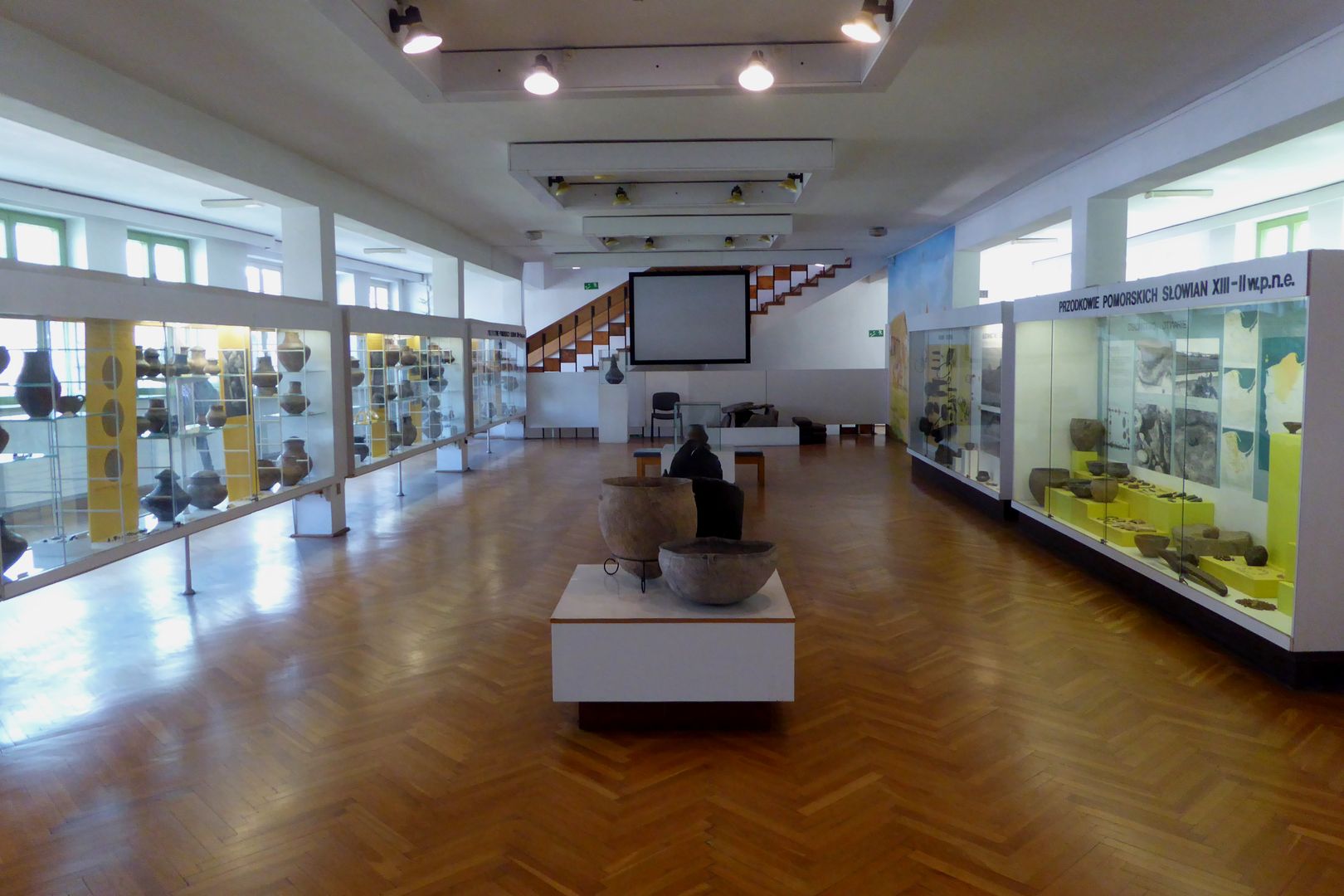Archaeological Museum in Gdańsk
6.78

Overview
The Gdańsk Archaeological Museum, a self-governing cultural institution, was established in 1953 as part of the Pomeranian Museum. After acquiring its own headquarters in 1958, it was transformed into the Archaeological Department, and since 1962 it has operated as an independent museum. The institution's collections document the prehistory of northern Poland, the material culture of Gdańsk and the Gdańsk Pomerania region, as well as amber artifacts and the material culture of Sudan. The museum also houses archaeological remains that survived the wartime destruction of the West Prussian Provincial Museum. Since its founding, it has conducted archaeological research in Pomerania, and since 1993 it has been applying modern inventory and excavation techniques in Sudan. The museum's headquarters, located in the historic Naturalists' Society House on Mariacka Street, also includes nearby townhouses and a former brewery. In 2008, the museum opened an exhibition on medieval Gdańsk in the renovated "Wisłoujście" granary. In 1993, the museum took over two wings of the castle in Gniew, establishing a branch, and in 2001 it launched the "Grodzisko" Archaeological Open-Air Museum in Sopot. Among its latest achievements is making the relics of a Romanesque refectory accessible to the public, discovered during archaeological work at Dominikański Square. The museum is also a hub for educational activities, running the Center for Archaeological Education. Past directors of the institution include Leon Jan Łuka and Henryk Paner, and it is currently headed by Ewa Trawicka. Through its architecture, collections, and activities, the museum is an important landmark on the cultural and historical map of Gdańsk and Pomerania, contributing to the exploration of the region's heritage by both residents and tourists.
Location
2025 Wizytor | All Rights Reserved